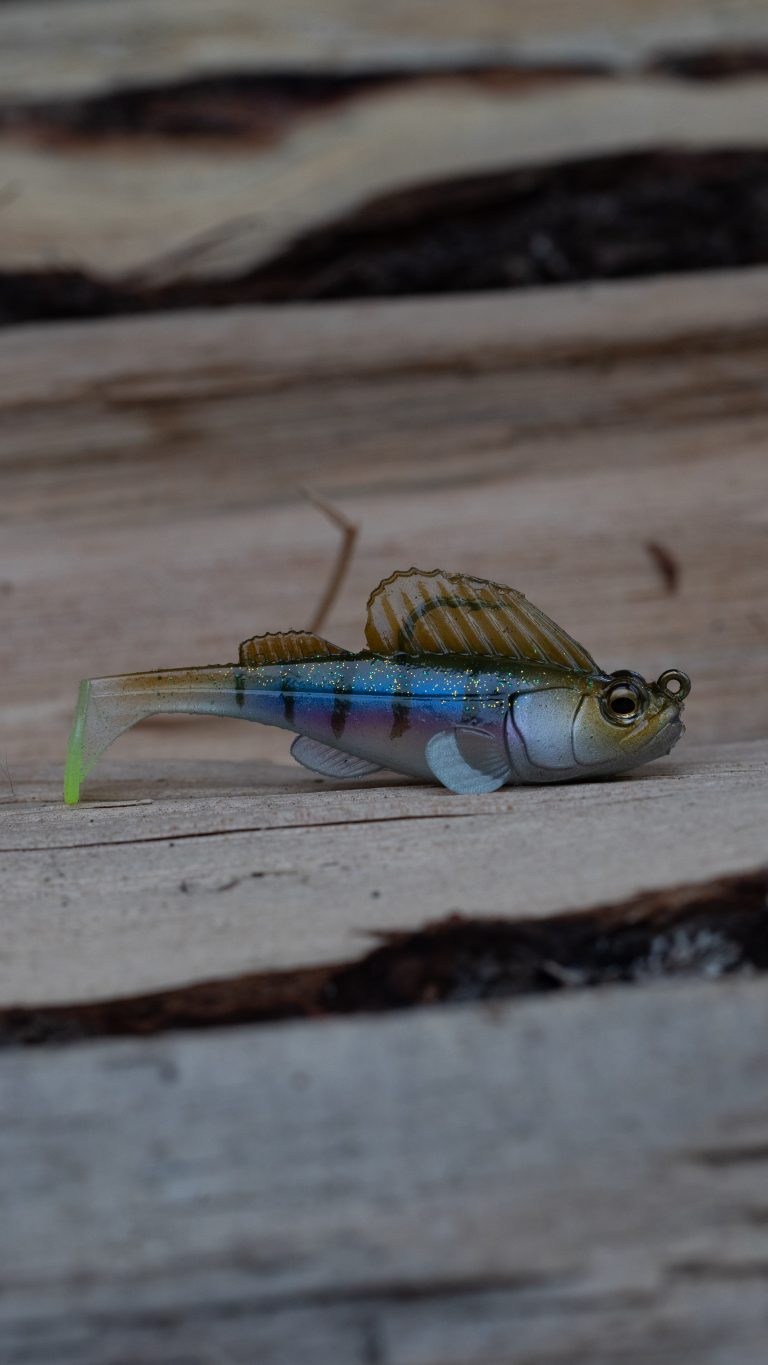While jerkbaits can catch fish year-round, there’s a specific window in the pre-spawn period when they’re at their absolute best for targeting giant bass. This window varies from lake to lake and even year to year, depending on weather patterns leading up to the spawn. But if you can dial in the right time and place, you’ll have your best shot at hooking the biggest bass of the year on a suspending jerkbait.
Understanding the Prime Jerkbait Window for Big Bass
As water temperatures start to rise in late winter and early spring, big, pre-spawn female bass begin moving from deeper suspending areas into shallower staging spots. “In my part of the country, the Missouri Ozarks, our lakes tend to have a lot of suspended bass once the fall season begins,” says Randy Blaukat. “The same is true in most lakes where you have water visibilities over 4 feet.”
By late February or early March, these bass that were holding in 45 feet of water in January might be suspending just 5 feet down over 15 feet of water. “This is the best time to catch big bass on jerkbaits like the Vision Oneten,” Blaukat explains. “This movement is usually triggered by a warming trend coupled with a stiff south wind for several days, along with warming water and longer daylight hours.”
How Seasonal Movements and Water Temperatures Trigger the Jerkbait Bite
The transition from deep suspending areas to shallower staging areas is driven by the gradual warming of the water and longer days, but wind can play an outsized role in this bite window. “Wind is everything in this situation,” Blaukat says. “You can catch the biggest smallmouth of your life off these main lake flats on a windy day, but you may never get a bite on the same water if the wind is calm.”
Best Spots for Jerkbait Fishing in Different Types of Lakes
Steep Banks and Bluffs in Clear Water Lakes
Many lakes that have clear water will also have steep banks and bluffs—prime areas for big bass during the jerkbait window. “Bluff banks, bluff points, steep points, and channel swings are key locations for jerkbait fishing in this big-bass window, as I like to call it,” Blaukat notes. These vertical structures are preferred because big bass can move up and down in the water column with minimal effort, following baitfish or seeking out the perfect ambush spot.
“It is even better if these areas are located near spawning coves or flats,” Blaukat adds. “A scenario like this is a prime staging area for big bass before they move up to spawn.”
Grass Flats in Southern and TVA Lakes
On southern and TVA lakes, such as Sam Rayburn, Toledo Bend, Lake Eufaula, and Kentucky Lake, the pattern is slightly different. “The bass on lakes like Sam Rayburn, Toledo Bend, Lake Eufaula and Kentucky Lake do not suspend in the same manner,” Blaukat points out. “They tend to be more bottom-oriented and relate more consistently to grass or other shallow cover.”
Still, there’s a powerful jerkbait window on these lakes, too. “Throwing a jerkbait over the tops of the grass flats can pull these huge bass off the bottom or out of the grass to hit a suspending jerkbait,” Blaukat explains. His favorite setup is a grass flat adjacent to spawning coves, with water 8 to 10 feet deep and grass growing 3-4 feet off the bottom. “If you have this situation, in February or March when the water temperature is 45 to 50 degrees, the odds of catching a giant jerkbait bass are the best they will be for you all year long,” he says.
Natural Lakes and Smallmouth Hotspots
Northern natural lakes like the Great Lakes, Lake Champlain, and Lake Mille Lacs are a different story altogether, where smallmouth bass are the stars of the show. “The prime time to catch the biggest smallmouth on jerkbaits here is right on the verge of the spawn when the water temperature is in the mid to upper 50s,” the author says. Smallmouths in these northern waters bed deeper than largemouth or spotted bass, with the biggest fish bedding in 8 to 15 feet of water. That’s when a jerkbait can be your best friend for hooking true giants.
Timing is Everything for Jerkbait Giants
Whether you’re fishing steep Ozark bluffs, grassy southern flats, or rocky smallmouth beds up north, the window to catch big bass on jerkbaits is short but incredibly rewarding. “Hopefully, this information will provide you with a starting point when chasing that jerkbait bite of a lifetime!” Blaukat says.
Dial in those warming trends, find the perfect staging areas, and keep your jerkbait handy when those fish are getting ready to move shallow. It’s your best shot at landing a trophy bass this season.







